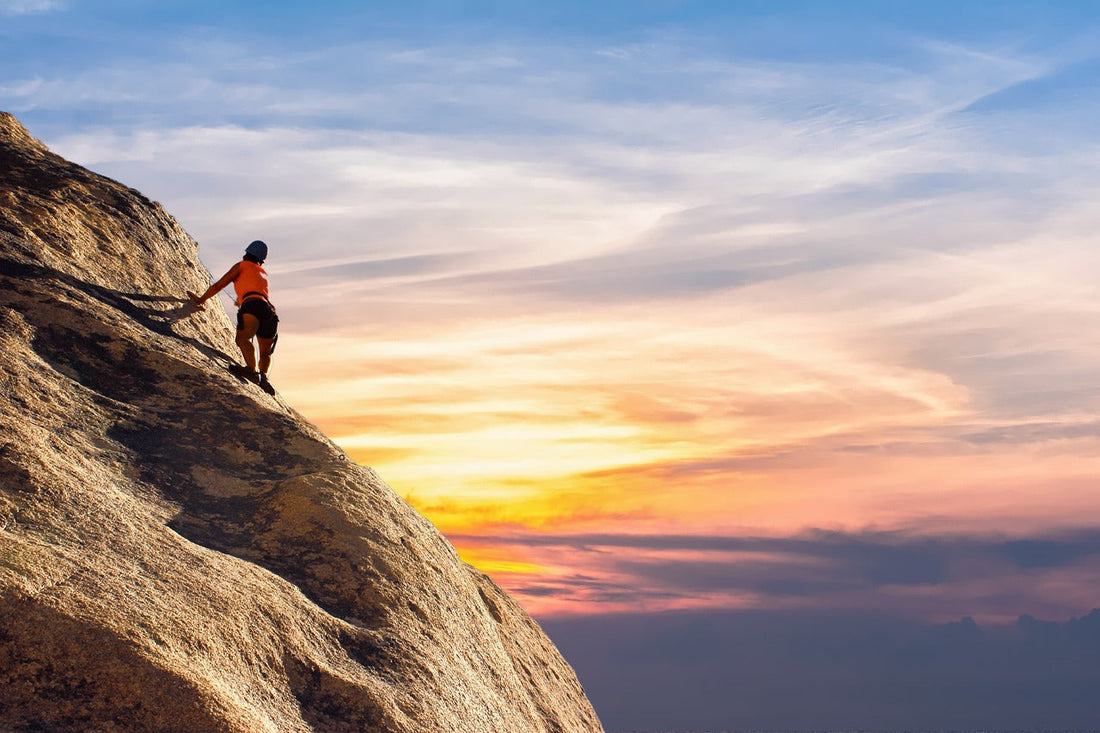Training Tips for Outdoor Sports

How to Stay Sharp, Safe, and Ready—Whatever the Weather
When it comes to training, there are very things more enjoyable than moving to the outdoors, its an absolute game-changer. No matter how you utilise the outdoors, sprinting on a field, following the trails, or even getting into the rivers, lakes and sea nothing beats the fresh air and freedom of the outdoors. However as with anything, training outdoors, comes with its own challenges - mainly the weather, uneven surfaces and the challenge of remaining motivated when the conditions aren’t perfect and you start looking for excuses.
Here are our top tips to help you get the most out of your outdoor sports training:
1. Dress for the Conditions, Not Just the Sport
Checking the forecast before starting your session can benefit you tenfolds. By knowing what weather is expected you can prepare adequately. If you know there is rain forecasted, take a water proof jacket so you are not drenched right through, making you cold and leaving you unmotivated to continue. If not and the weather is really hot, its important to wear loose breathable clothing as to not overheat and cause yourself harm. This applies to all sports. In colder months, gloves and thermal gear are a must. In the summer? Sunscreen, a cap, and light clothing go a long way.
2. Hydration Is Key—Even When It\’s Cold
We always here about how important it is to drink water in the heat, but when we are exercising its just important, no matter the temperature. That is why it’s easy to forget to drink water when it’s cooler out. Obviously training in the heat you will lose a lot of water faster so when you're training in the heat, make sure you're hydrating before, during, and after your sessions.
3. Train Smart, Not Just Hard
Outdoor conditions can test your body in different ways than indoor training. This is because unlike indoor facilities (sports halls, gyms, swimming pools etc…) the outdoors is not purpose built for training, uneven ground, hills, wind resistance—all of it adds to the challenge. That’s a good thing, but be smart: ease into new terrain and surfaces to avoid injury, and adapt your sessions if conditions become too extreme. If you know the route you are going to take has quite uneven surfaces, then you should wear more supportive shoes to avoid rolling your ankle.
4. Fuel Your Body Right
Nutrition is so often overlooked, mainly because everyone sees it as such a complex task. Meal prepping, calorie counting and constant portioning, who has time for all this? Well it doesn’t have to be this complicated. By simply eating properly (a decent meal or foods that google suggest will be good for energy) will go a long way. Outdoor training usually means longer sessions or more intense bursts of energy. Even bringing a post-workout snack to help with recovery. Your energy levels will thank you.
5. Use Nature to Your Advantage
The outdoors has so much fitness equipment to hand, and we don’t even notice it. Got a park bench nearby? It becomes your new step-up station. Hills? Sprint drills. Trees? Agility markers. Be creative with your environment and make your workouts more dynamic and fun.
6. Stay Safe
Let someone know where you are if you’re training alone. Carry your phone, and keep an eye on weather alerts—especially in winter or on long runs or cycles. Safety first, always.
Outdoor training isn’t always perfect—but that’s exactly what makes it so powerful. It builds not just strength and skill, but adaptability, grit, and mental toughness. And that’s what separates good athletes from great ones.
So grab your gear, step outside, and get after it.

